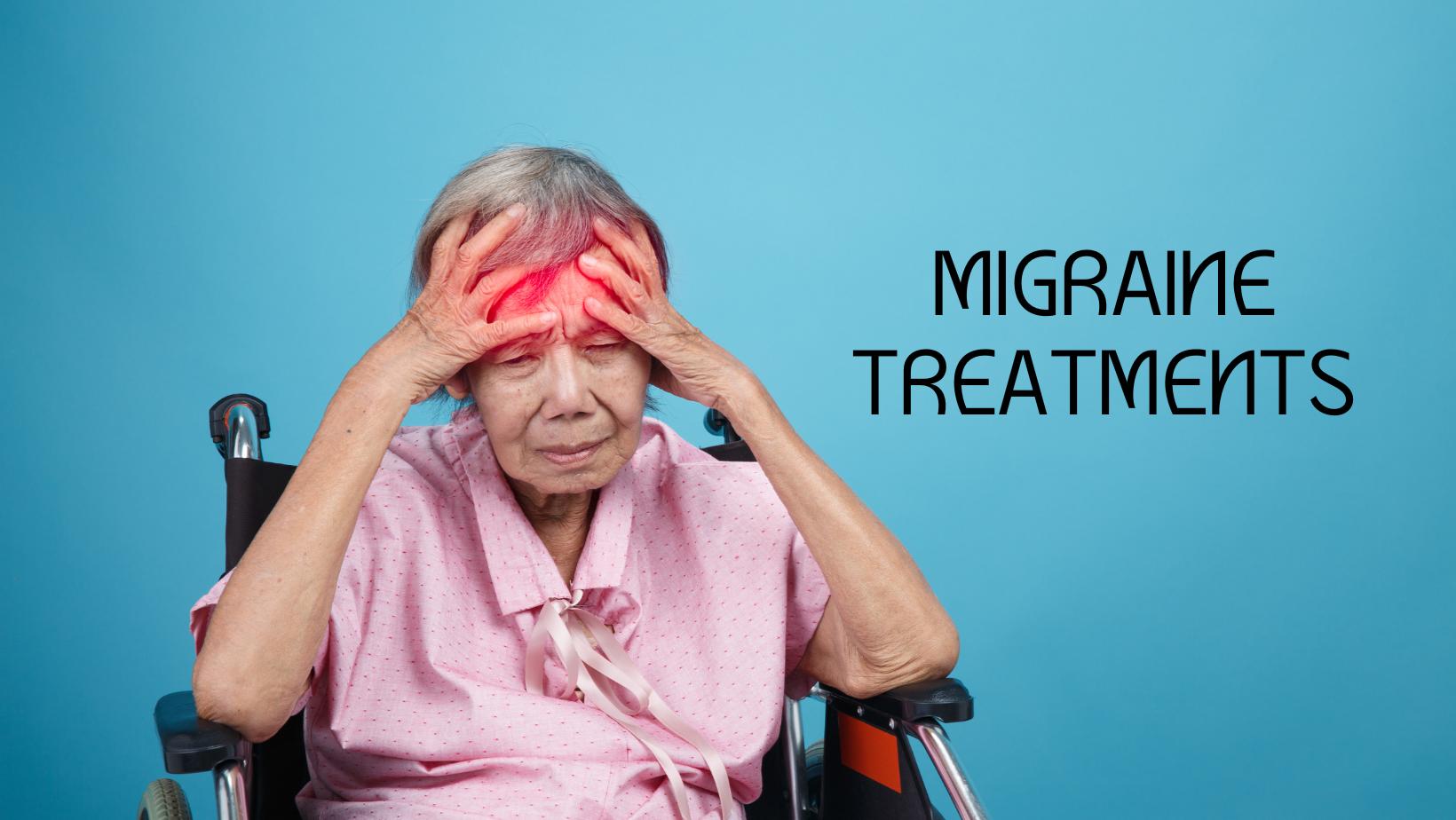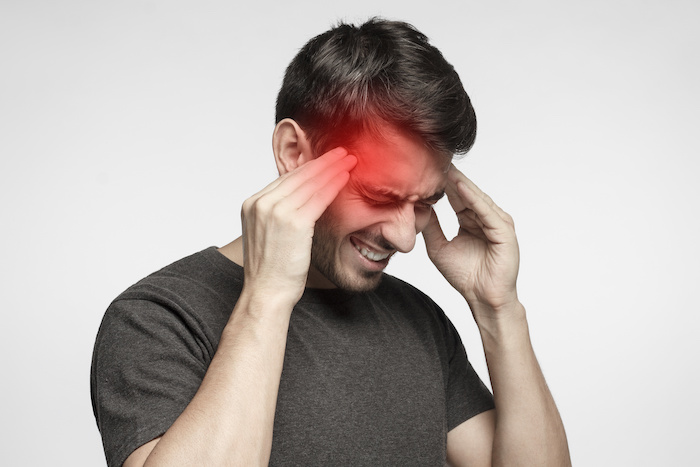Migraines are often misunderstood, and with that misunderstanding comes a lot of myths and misconceptions. If you or someone you love suffers from migraines, it’s time to separate fact from fiction. In this post, we’ll break down the top 10 migraine myths that need to be busted—and you might be surprised by what’s actually true.
Advertisement
1. Myth: Migraines Are Just Bad Headaches
One of the biggest myths about migraines is that they are simply severe headaches. While migraines certainly involve head pain, they are much more complex. Migraines are a neurological condition that often involves a variety of symptoms, including nausea, sensitivity to light and sound, dizziness, and even aura (visual disturbances). The pain itself is typically throbbing and may be concentrated on one side of the head. This complexity is why migraine sufferers often experience more than just a “bad headache.”
According to the American Migraine Foundation, migraines are a result of abnormal brain activity that affects nerve pathways, chemicals, and blood vessels. The severity and symptoms can vary greatly from person to person, making it far more than just a headache.

2. Myth: Only Women Get Migraines
While it’s true that women are more likely to experience migraines than men, the idea that only women suffer from migraines is a myth. In fact, about 6% of men also experience migraines. The hormonal fluctuations that women experience—especially during menstruation, pregnancy, and menopause—are often a contributing factor to their higher migraine rates. However, men and children are also susceptible to this condition.
A study published in Cephalalgia found that men who experience migraines often have more intense attacks, and migraines in men tend to be more disabling. It’s crucial to recognize that migraines can affect anyone, regardless of gender.
3. Myth: Migraines Are Caused by Stress Alone
Stress is a well-known trigger for migraines, but it’s far from the sole cause. Many other factors can contribute to migraine onset, including genetics, certain foods, hormonal changes, environmental factors, and sleep disturbances. Stress may be a trigger, but it’s not the underlying cause for everyone.
Research published in The Lancet Neurology emphasizes that migraine sufferers often have an increased sensitivity to stimuli in their environment, which can lead to an attack. Factors like bright lights, loud noises, and even specific scents can be enough to trigger a migraine in those with a predisposition to the condition.
Advertisement
4. Myth: You Can’t Treat Migraines Naturally
While medication is often the go-to treatment for migraines, many people don’t realize that there are several natural remedies that can effectively alleviate migraine pain. From essential oils to magnesium supplements, acupressure, and yoga, there are various holistic treatments that may reduce the frequency and severity of migraines. In fact, studies show that certain natural remedies can be as effective as traditional migraine treatments.
A 2018 review in The Journal of Headache and Pain highlights that magnesium deficiency is linked to migraines, and supplementation can help reduce their frequency. Similarly, essential oils like lavender and peppermint can be used to relieve migraine symptoms by relaxing muscles and improving circulation. Natural treatments may not work for everyone, but they can be a helpful addition to a comprehensive migraine management plan.
5. Myth: Migraines Always Involve a Warning Sign (Aura)
Not all migraines come with an aura, which is a visual disturbance that some people experience before the onset of a migraine. While auras are a common symptom for about 25% of people with migraines, many individuals experience migraines without this warning sign.
The American Migraine Foundation states that aura typically includes visual disturbances such as flashing lights, zigzag lines, or temporary vision loss. However, the absence of an aura doesn’t mean the migraine is any less severe or that the person isn’t suffering from a migraine. For some, the pain comes on suddenly, with no prior visual warning.
6. Myth: Migraines Get Better with Age
It’s a common misconception that migraines become less frequent or less severe as people get older. While some individuals may experience a reduction in migraine intensity with age—especially after menopause—this is not true for everyone. In fact, many people continue to experience migraines into their 40s, 50s, and even 60s. For some, migraines may even worsen over time.
A study published in Headache: The Journal of Head and Face Pain found that migraines can persist into later life, particularly among those with chronic migraine. Furthermore, the severity and frequency of migraines may increase as a result of other factors such as medication overuse or coexisting conditions like hypertension.

7. Myth: Over-the-Counter Medications Will Always Fix Migraines
Many people believe that over-the-counter (OTC) pain relievers like ibuprofen or acetaminophen will always provide relief for migraines. While these medications may help with mild headaches or early-stage migraine pain, they are often insufficient for more severe migraine attacks. Migraines typically require a more targeted approach, such as prescription medications or specialized treatments like triptans or CGRP inhibitors.
Overuse of OTC medications can also lead to medication-overuse headaches, which can make migraines worse in the long term. The American Headache Society warns that frequent reliance on OTC pain relievers can create a cycle of increased headache frequency, complicating the overall management of migraines.
8. Myth: Migraine Pain Is the Same for Everyone
Not all migraine sufferers experience the same type of pain. While some people may describe the pain as a dull ache, others report a sharp, stabbing sensation. The intensity of the pain can also vary greatly, with some experiencing mild discomfort and others suffering from excruciating pain that leaves them bedridden for days.
According to the National Headache Foundation, migraines are highly individualized, with each person experiencing a different set of symptoms and pain levels. It’s important to acknowledge that migraines affect everyone uniquely, and treatment plans should be personalized to address the specific needs of each individual.
9. Myth: You Have to Have a Headache to Have a Migraine
This myth is particularly harmful because it prevents some people from seeking treatment for other types of migraine symptoms. Migraines don’t always present with intense head pain. For some, migraines are more about symptoms like nausea, dizziness, light sensitivity, or even cognitive difficulties (sometimes referred to as “migraine brain”).
In fact, some individuals experience a migraine attack without any significant head pain at all. A 2016 study in Neurology found that many migraine sufferers experience non-headache symptoms, such as fatigue and difficulty concentrating, even though they don’t report significant pain. Understanding this can help individuals better manage their condition.
Advertisement
10. Myth: You Can Outgrow Migraines
While it’s true that some people experience a reduction in migraine frequency over time, especially after major life changes like pregnancy or menopause, many individuals do not simply “outgrow” their migraines. Chronic migraines can persist throughout adulthood, and in some cases, the condition may worsen with age.
Research in The Journal of Headache and Pain indicates that while some people may experience a reduction in migraine severity, others continue to deal with frequent episodes well into adulthood. It’s important to take a proactive approach to treatment, regardless of age.
Final Thoughts
Migraines are often misunderstood, leading to many myths that prevent people from seeking effective treatment. The truth is that migraines are complex, individualized, and can be managed with the right approach. Understanding the facts—such as the difference between a migraine and a regular headache, the role of triggers, and the importance of personalized treatment—can help you or someone you love find better ways to cope with migraines. Always consult with a healthcare provider for a tailored treatment plan and avoid relying on common misconceptions that could hinder your relief.
References
- American Migraine Foundation. “What is a Migraine?” American Migraine Foundation, accessed December 2024. https://americanmigrainefoundation.org.
- Goadsby, P. J., & Lipton, R. B. (2009). “Migraine and Its Comorbidities: The Scope of the Problem.” Cephalalgia, 29(3), 147-158.
- Buse, D. C., et al. (2015). “Migraine and the Aging Brain: A Review of the Literature.” Headache: The Journal of Head and Face Pain, 55(2), 221-231.
- Martelletti, P., & Al-Hassany, L. (2018). “The Treatment of Acute Migraine: From Oral Medications to Non-Pharmacological Approaches.” The Journal of Headache and Pain, 19(1), 56-62.


